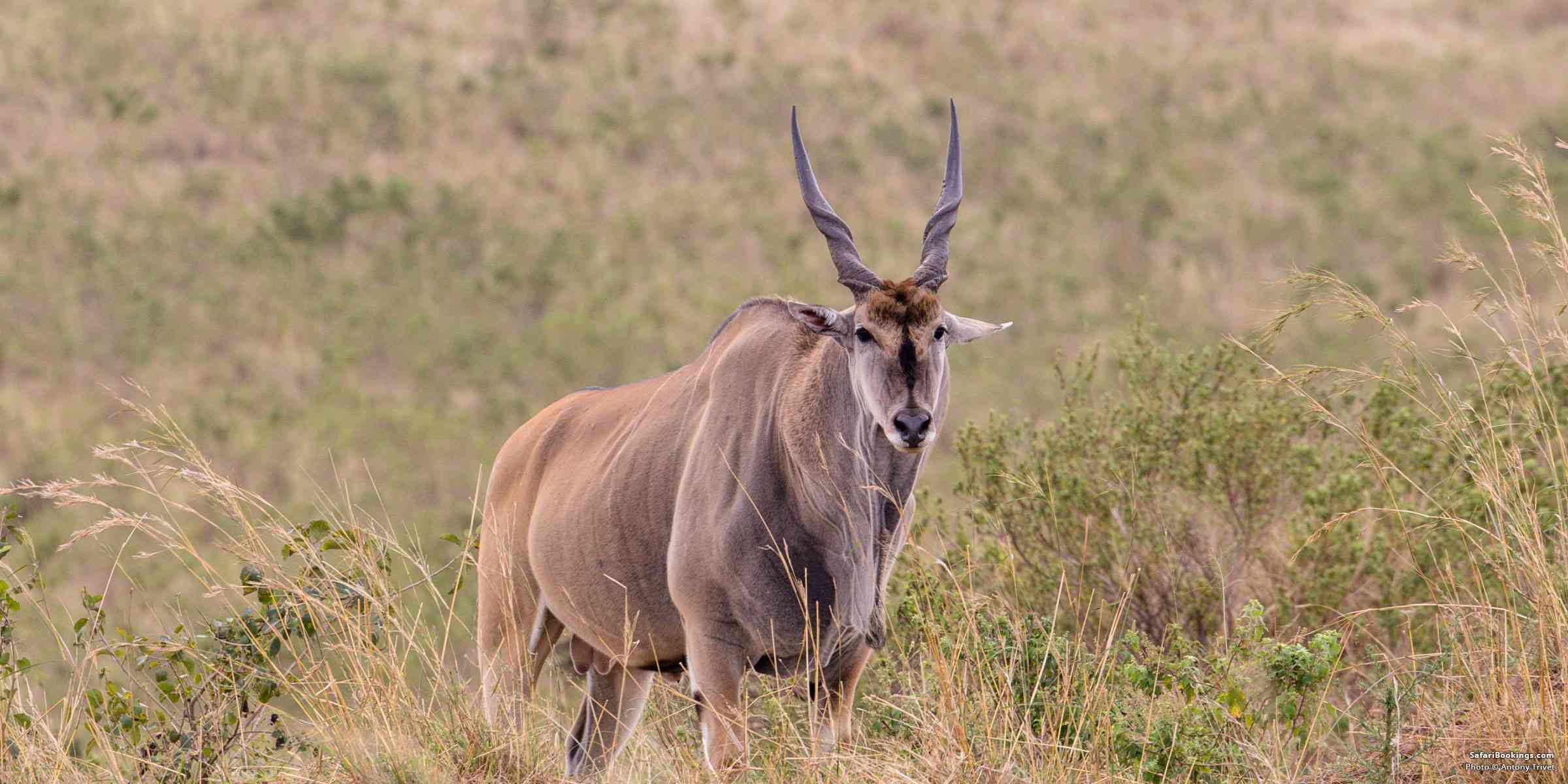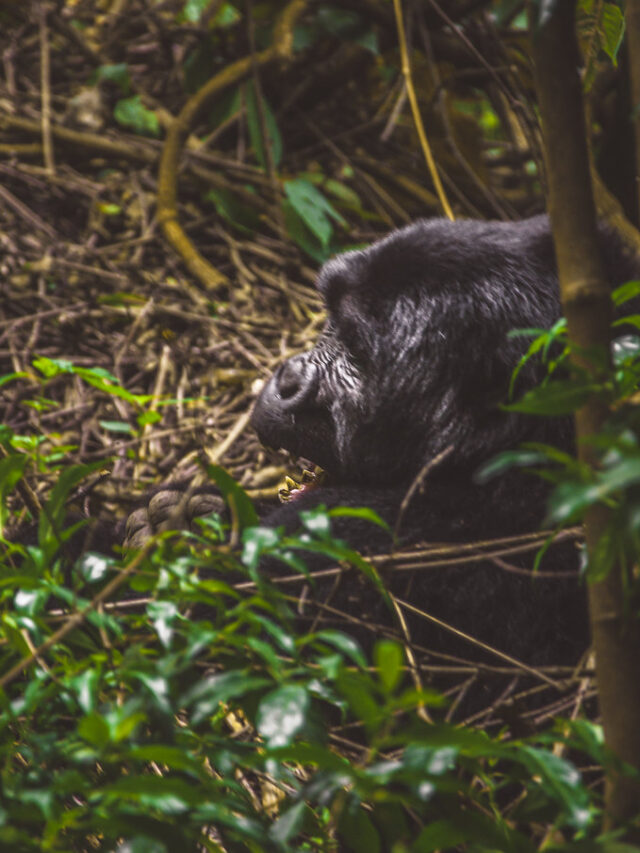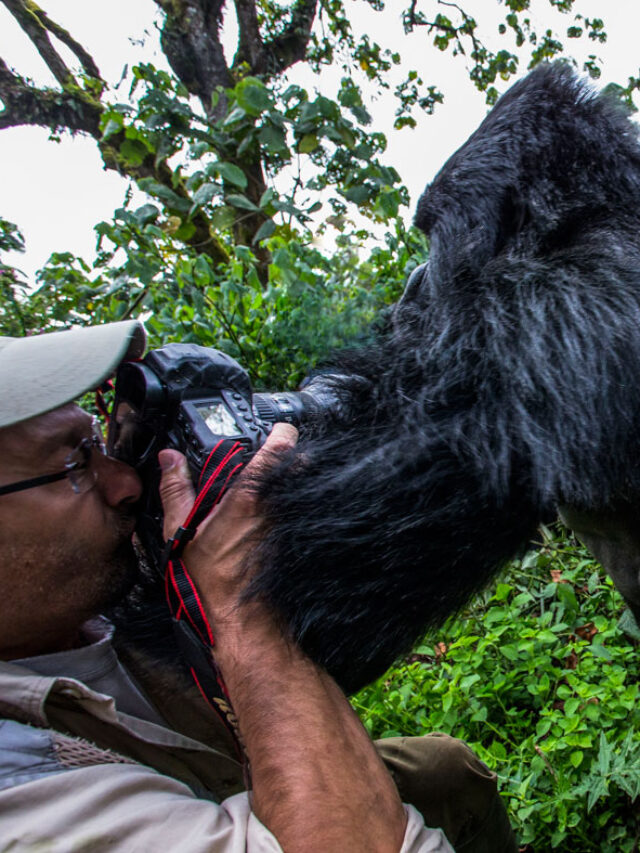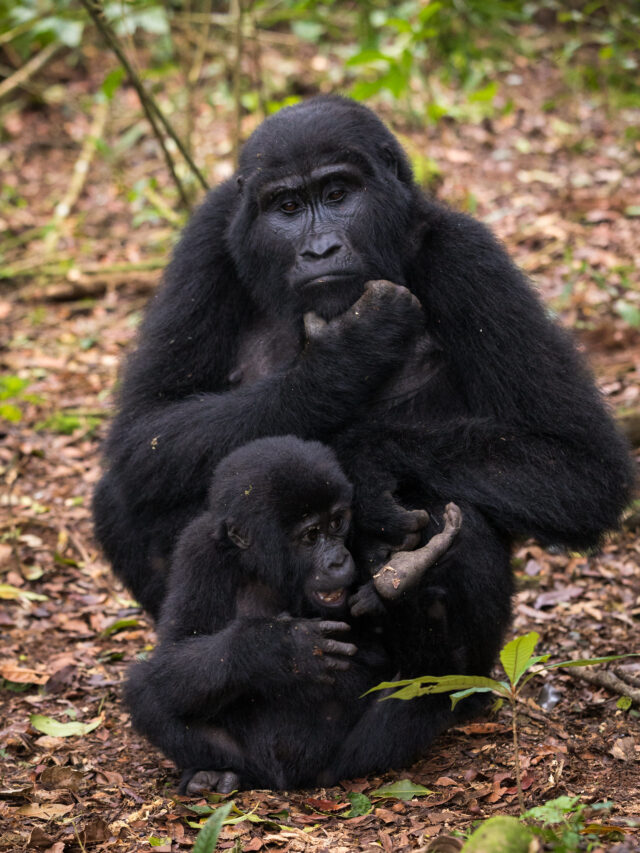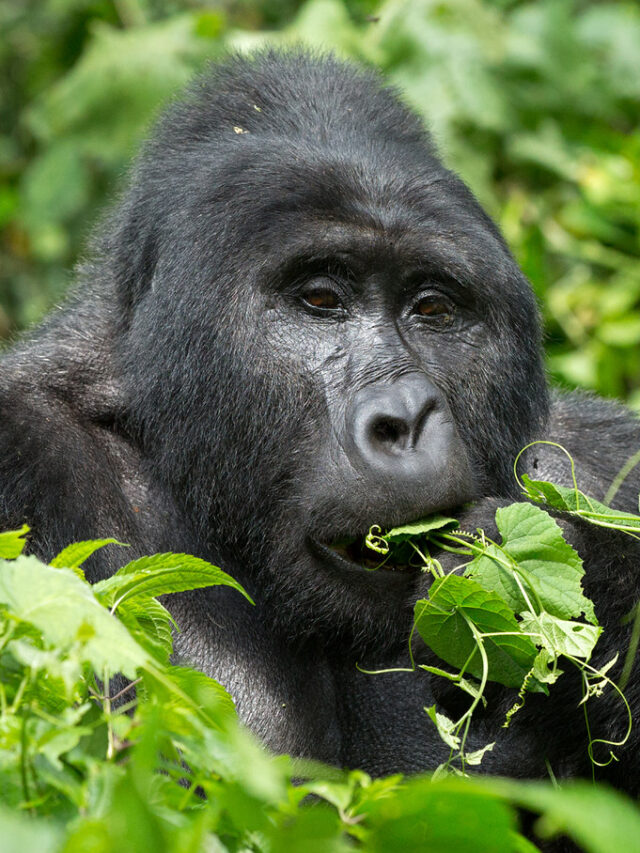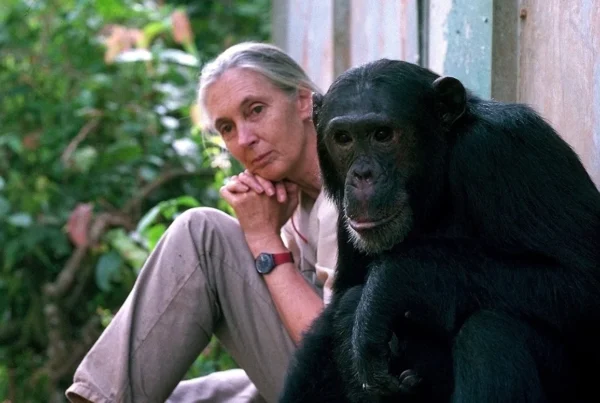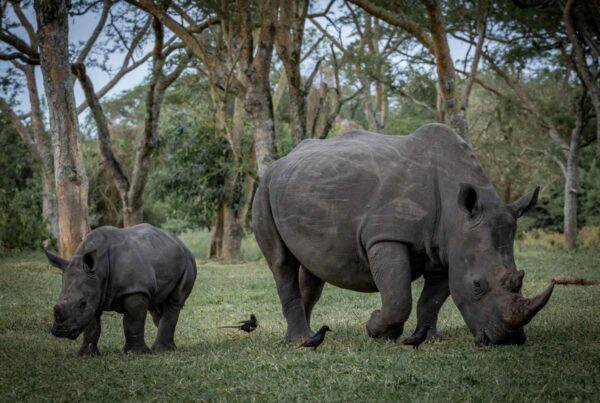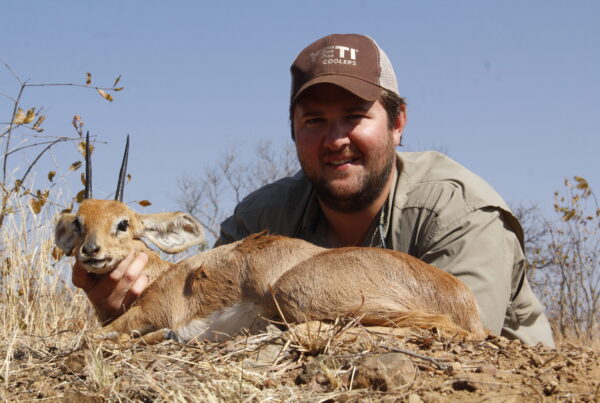The Lost Giants: What Happened to Derby’s Eland in Uganda?
Vanished from the Plains, Forgotten in Time
Derby’s eland — the giant eland, as it is more commonly known — was once among the most majestic antelope species to roam Africa’s woodlands and savannahs. Towering over most antelope, with striking spiral horns, a muscular build, and a stately presence, this species was Africa’s largest and arguably most elusive antelope. In Uganda, its presence was confirmed historically in the remote northwestern and northeastern regions, especially along the South Sudan border, in territories that now include Kidepo Valley National Park, Karenga, and the wider Karamoja region. But today, Derby’s eland is considered extinct in the wild in Uganda — a silent extinction that most Ugandans are not even aware happened.
Derby’s Eland in Uganda — This isn’t the kind of extinction that comes with loud headlines or global outcry. It’s the kind that slips through the cracks — quietly, gradually, and tragically — until one day the animal simply isn’t there anymore. Uganda, a country often celebrated for its thriving wildlife diversity, once hosted not only the common eland (Taurotragus oryx) but also its more massive, elusive cousin, the giant eland (Taurotragus derbianus). But while some wildlife species have made remarkable recoveries in Uganda, Derby’s eland has not — and perhaps never will, unless deliberate conservation steps are taken.
The Natural Range and Disappearance
Historically, the giant eland’s range in Uganda was marginal — part of the far eastern spread of a species whose core populations existed in Central and West Africa. Uganda represented the very easternmost edge of its habitat range, especially in areas near the Sudanese border where savannah woodlands meet dry bush country. These landscapes were once perfect for Derby’s eland, which thrives in semi-deciduous forests and open woodlands — preferring the remoteness that offers protection from predators and humans alike.
However, as Uganda entered a phase of political instability from the 1960s through the 1980s, including the Idi Amin era, these remote areas suffered immensely from neglect, overhunting, poaching, and civil unrest. Cross-border conflict, lack of park management, and widespread illegal hunting of large mammals devastated Uganda’s northern wildlife populations. The elusive nature of the giant eland, which already made it rare to spot, meant that its disappearance was not immediately noticed or recorded. Eventually, sightings stopped completely. No confirmed sightings have been made for decades, and the Uganda Wildlife Authority now classifies the giant eland as regionally extinct.
Why Derby’s Eland Mattered to Uganda’s Ecosystems
The loss of Derby’s eland from Uganda’s wild spaces is more than just the disappearance of a species. It reflects a broader ecological unraveling that once affected large parts of the Karamoja and Kidepo landscapes. These elands were browsers and grazers, playing a key role in maintaining the balance of plant communities across large swathes of woodland and grassland. Their movement patterns helped shape vegetation growth, seed dispersal, and even the behavior of predators.
What made the giant eland unique wasn’t just its size — weighing over 800 kilograms and reaching over 1.5 meters at the shoulder — but also its deeply shy, almost mythical behavior. They were known to move in small groups, mostly active during twilight hours, and were extremely alert and sensitive to disturbances. This made them a symbol of wildness — of a world untouched by modern expansion.
To lose Derby’s eland is to lose a living thread of Uganda’s wild past — a living creature that once embodied the unbroken landscapes that stretched from the Albertine Rift to South Sudan and the Sahel. In many ways, their extinction represents not just the collapse of a species, but the fragmentation of wild space itself.
Is There Hope for a Return?
Today, giant elands still survive in small, threatened populations in parts of Cameroon, the Central African Republic, and South Sudan, though even these are under extreme pressure from bushmeat hunting and habitat destruction. Unlike the common eland, which has shown a stronger tolerance for fragmented and human-dominated landscapes, Derby’s eland depends on wide, secure, and relatively undisturbed ranges — a rarity in Africa today.
For Uganda, any talk of reintroducing the species would require more than wishful thinking. It would need a region-wide conservation vision, the identification of suitable habitat — possibly Kidepo Valley National Park or the protected but underfunded Karenga Community Wildlife Area — and a cooperative effort between Uganda, South Sudan, and regional conservation bodies. But perhaps most importantly, it would require a long-term commitment to protecting land that is currently under enormous pressure from cattle herding, charcoal production, and infrastructural expansion.
Unlike the white rhino, which has seen a structured comeback through sanctuaries like Ziwa, the giant eland has no such safety net in Uganda — not yet. But that does not mean the dream is dead. Conservation is, at its core, about memory and hope. If Uganda can remember the forgotten story of Derby’s eland — and recognize what its return could mean — perhaps it could become a beacon of large-antelope conservation once again.
Remembering What Was Lost
The extinction of Derby’s eland in Uganda is not just a footnote in wildlife records — it is a reminder that nature can vanish not with a bang, but with a whisper. For those who visit the wide, windswept valleys of Kidepo and the wild reaches of Karamoja today, there may be no eland tracks in the dust, no distant silhouettes on the horizon. But the land remembers. The elders remember. And perhaps one day, with courage and vision, the land will be ready to welcome its lost giants home.

